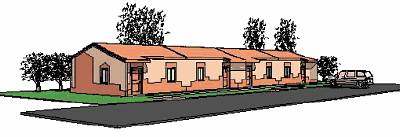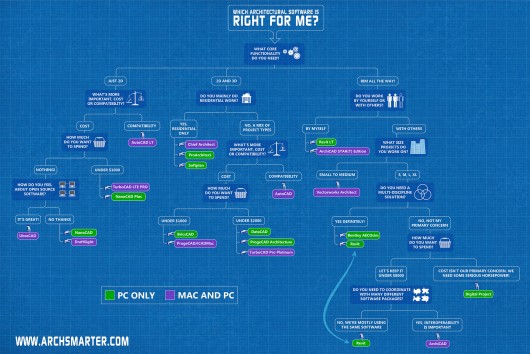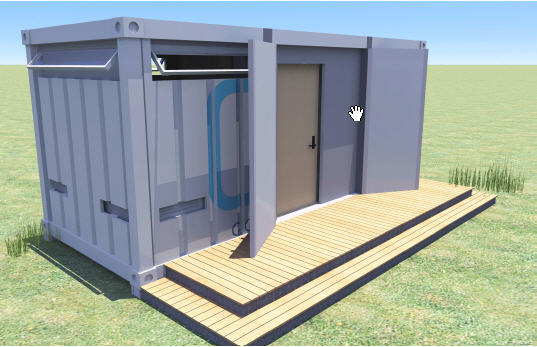 At approximately 3:00 am on August 17th 1999, a devastating earthquake measuring in the area of 6.8 to 7.0 on the Richter scale struck the country of Turkey. The country has a history of earthquakes that predate modern seismic records, the most recent being the Adana-Ceyhan earthquake in June, 1998. The August 17th earthquake has left an estimated 13,000 people dead with thousands more missing and more than 500,000 homeless. According to a report in the BBC News, Turkish authorities estimate that the government will need to build between 100,000 to 120,000 new homes to accommodate the victims. Meanwhile, aftershocks as strong as 5.5 continue to plague the area for weeks after the initial shock. The only hope for many of these victims is support and relief donations from sympathetic countries and organizations.
At approximately 3:00 am on August 17th 1999, a devastating earthquake measuring in the area of 6.8 to 7.0 on the Richter scale struck the country of Turkey. The country has a history of earthquakes that predate modern seismic records, the most recent being the Adana-Ceyhan earthquake in June, 1998. The August 17th earthquake has left an estimated 13,000 people dead with thousands more missing and more than 500,000 homeless. According to a report in the BBC News, Turkish authorities estimate that the government will need to build between 100,000 to 120,000 new homes to accommodate the victims. Meanwhile, aftershocks as strong as 5.5 continue to plague the area for weeks after the initial shock. The only hope for many of these victims is support and relief donations from sympathetic countries and organizations.
Speed and Efficiency
Tony Ruiz, President and CEO of Simple Building Systems in Lakeside CA USA, formed his first building and design company in the late 1950s and is an expert and innovator in what is known as “composite thinshell construction.” Ruiz’s company offers on and off-site precast and poured-in-place floor, wall, and roof systems and materials, along with technical assistance.
The company also provides the technology and design for materials and construction for customers who want to make use of its methods on their own. Ruiz holds a number of patents and has others pending for his building systems. Overall, they share a common goal in striving to be low-cost quality building solutions without the need for high levels of quality control or skilled labor.
SBS’s ThinCon system consists of monolithic concrete studs and plates poured face-up over voids or rigid insulation. It uses common metal studs as framing and is then clad with galvanized metal walls embedded into thin concrete. The simplicity of pouring the walls using common and available materials means that buildings can be erected quickly and inexpensively—at a cost of around $1 US per square foot. In an effort that was put together by a Nashville TN-based missionary organization called Servant Group International, Ruiz and his crew have taken on the task of using his ThinCon system to erect three large-scale structures in Turkey in under two weeks as part of Servant’s relief housing effort. The buildings that will be donated include a school, a library, and a hospital. All of the framing will be supervised by engineers, and the concrete slabs will be poured on site.
Ruiz explains how he got involved in this type of project. “We started about 20 years ago in Hawaii, looking for a way to provide disaster relief housing. At that time we were working for the Afghan refugees in Pakistan. We ended up building geodesic domes with cardboard and all the drafting was done manually. We built a little house in Kona to demonstrate our buildings’ efficacy, then went on to build a 24,000-square-foot two-story walk-up dormitory for the Hawaiian Mission Academy that proved our system’s viability.” Servant Group International’s “Shelter Now” group built more than 4,000 of Ruiz’s geodesic domes in various disaster relief areas.
 A detail of Simple Building Systems’ ThinCon system. A detail of Simple Building Systems’ ThinCon system. This system consists of monolithic precast or poured-in-place concrete studs and plates poured face-up over voids or rigid insulation.
A detail of Simple Building Systems’ ThinCon system. A detail of Simple Building Systems’ ThinCon system. This system consists of monolithic precast or poured-in-place concrete studs and plates poured face-up over voids or rigid insulation.
In countries with a predominately Muslim population, people often bury their dead in dome-like structures, making them unacceptable for the relief-housing project in Turkey. Ruiz was called on once again and, with the help of architect Dale Naegle and a further evolved process for putting up buildings quickly, safely, and inexpensively, came up with a new solution. Ruiz and his team will be on-site to participate in and supervise the building process in Turkey.
Digital Support
Dale Naegle, of Naegle Architects in La Jolla CA, is in charge of the design and drafting for the relief effort. The design for the project is being created in ArchiCAD, a computer-aided design (CAD) application from Graphisoft. Creating the design in a digital format allows Naegle to collaborate with the project’s engineers in Nashville via email and allows him to make changes and adjustments more quickly to get approval on the design and keep the relief effort on schedule. In the field, the construction team is running ArchiCAD on laptop computers to make on-the-fly changes and provide 3D perspective and birds-eye views.
Naegle is attempting to create the design so that it can be assembled quickly and easily and, as a conscientious architect, is also trying to create buildings that not only provide shelter but lift people’s spirits. “When the slabs are laid down [poured], they can be scored and a pattern can be worked out to give the skin a reasonable appearance and texture,” Naegle says. This texture will also give the structures more character later when they are painted. He also managed to give the buildings a gable roof while staying within the time constraints and keeping in mind what is possible using concrete. The roof gives the buildings the appearance of being the permanent buildings that they are intended to be, rather than rectangular box-like shelters. As an added and necessary bonus, the buildings are designed to be fire, vermin, and earthquake resistant.
Outsmarting Crooked Builders
Crooked contractors are being blamed for a large part of the destruction in Turkey’s August 17th earthquake. An estimated 75% of the buildings in Istanbul were constructed without official permission or inspection, making one wonder how many more people and buildings would have survived the quake if Turkey’s building trade were not permeated by corruption. It’s easy for almost any builder to shave dollars off of a bid if the inspectors are looking the other way, but it’s absolutely criminal in a country that has such a long history of seismic activity (or anywhere for that matter).
After much public outcry, Turkish authorities have begun legal proceedings against building contractors who have been accused of erecting sub-standard buildings. However, in the midst of a crises, how can the country avoid such practices in the rebuilding process when it has its hands full trying to provide food and shelter for its homeless? While Naegle and Ruiz are not rebuilding the entire city, they are taking great pains to ensure that no-one is taking short cuts with their building process and design. “What we’re trying to do is implement a system where it would be difficult for corruption to set in,” Naegle says. “This system is designed so that it can be easily inspected. Our fastening system is set up so that it can be bolted together where it can be seen, not buried where someone could hide the joint.” This, along with Ruiz and his team being on site for the erection of the first relief structures, should go a long way toward ensuring that they not only go up quickly, but are also safe.
Graphisoft
Simple Building Systems








